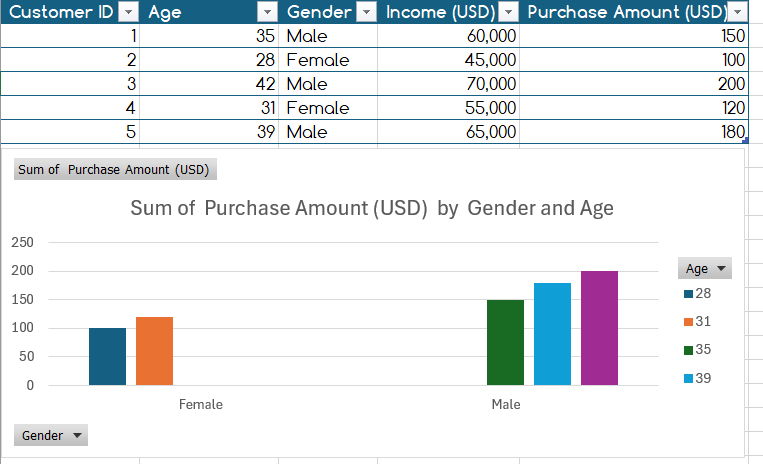Is my Data Complete? Or Why It’s Super Important to Have All Your Data?
Having everything filled out and correct in your data is super important for a bunch of reasons.
Let's break down why it matters so much:
- Making Smart Choices: When you've got all the info, you can make really smart choices because you're seeing the whole picture.
- Spotting the Patterns: If some info is missing, you might get the wrong idea about what's going on. With everything in place, it's way easier to spot the cool patterns that help you plan for the future.
- Really Good Data Analysis: Missing bits of data can mess up your analysis. If you have all the data, you can trust your findings way more.
- Mixing Data Together: You need all the pieces to put different sets of data together smoothly. If bits are missing, things just don't match up right.
- Following the Rules: Some jobs have super strict rules about keeping data complete. You need to make sure you don't miss anything to keep out of trouble.
- Top-Notch Data Quality: If your data is not all there, it's not as good. Focusing on filling in all the gaps makes your data top-notch.
- Awesome Charts and Graphs: To make really great charts and graphs, you need all the data. Otherwise, the pictures won't tell the real story.
- Keeping Data Tidy: When you have all your data, managing everything is a breeze—no need to spend ages fixing it up later.
- Smart Robots and AI: Cool stuff like AI and machine learning needs all the data to work right. If stuff's missing, the robots might get confused and make mistakes.
- Understanding Your Customers: If you don't have all the info on your customers, you won't really get them. Full data helps you make your customers happier with personalized stuff.
So, wrapping it up, making sure you've got all your data pieces is super important if you want to make smart decisions, understand things better, and generally be awesome at what you're doing. Businesses should totally make sure their data's complete so they can do cool things and keep getting better.
Example of Complete data:
Example of Incomplete data:
**Some Fun Facts:
According to IBM, bad data quality costs the US economy
around $3.1 trillion per year. Such a high figure reflects the sum total of
consequences ranging from incorrect decisions made based on faulty data to
operational inefficiencies.
Research by Gartner has suggested that poor data quality can result in significant costs for businesses, with some estimates claiming organizations might be losing an average of $13 million annually.
A study from MIT indicates that bad data might cost businesses anywhere from 15% to 25% of revenue. For large multinationals, this could translate to losses in the hundreds of millions of dollars.
Experian has noted that on average, organizations believe 28% of their data is inaccurate, which can result in considerable economic losses due to operational inefficiency, customer attrition, or flawed strategies.
Data Warehousing Institute (TDWI) Report: The TDWI report estimates that data quality problems could cost businesses more than $600 billion annually.
It's worth noting these values are estimates of broader economic impacts or averages across surveyed organizations. They serve to represent how vital data quality is to the health of a company.
